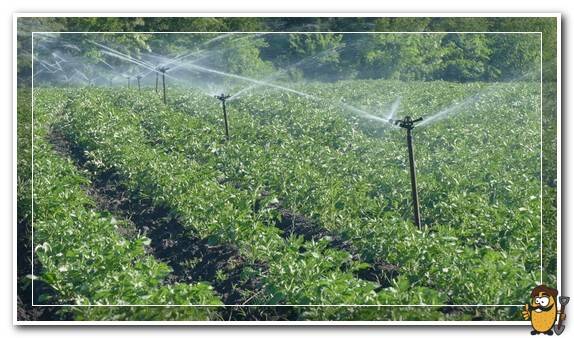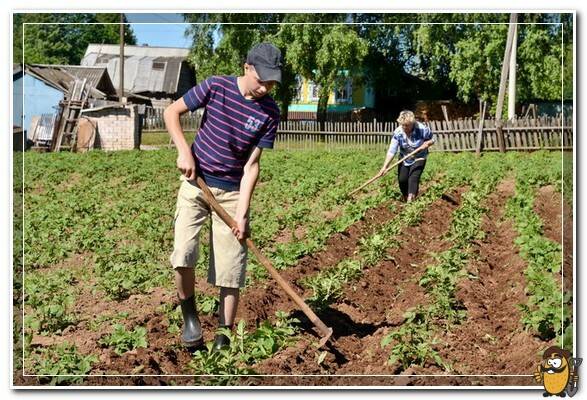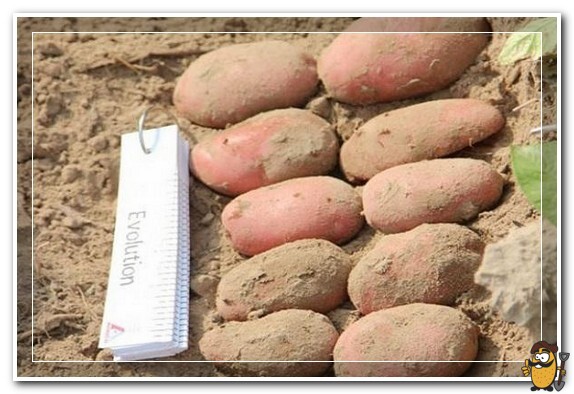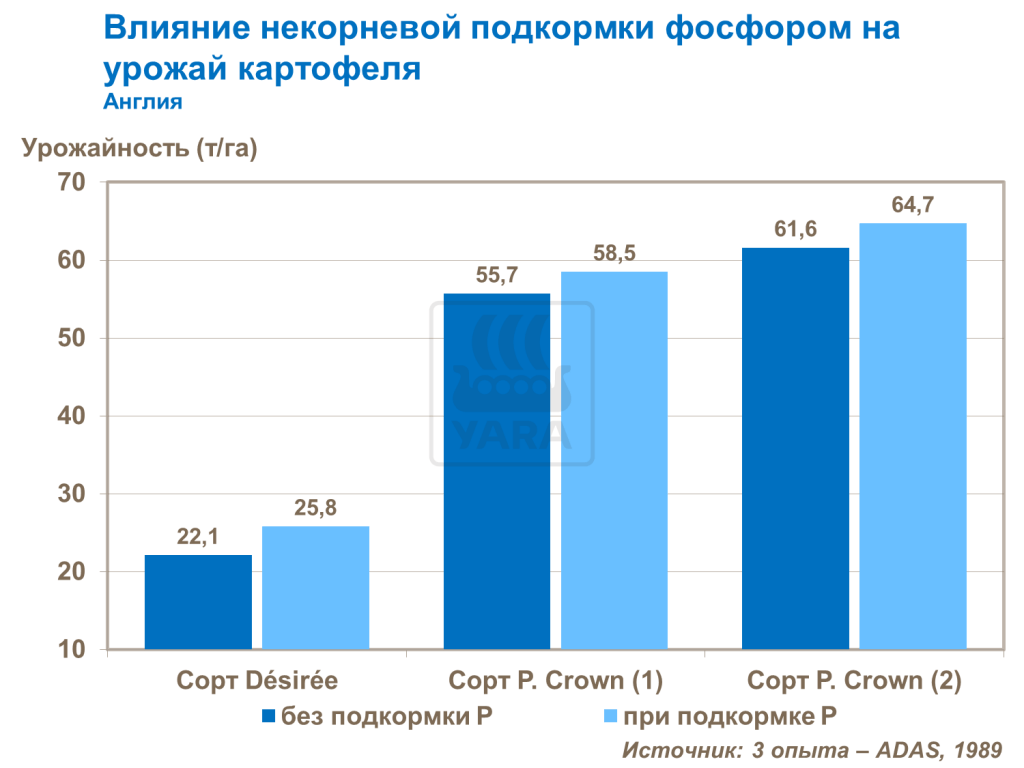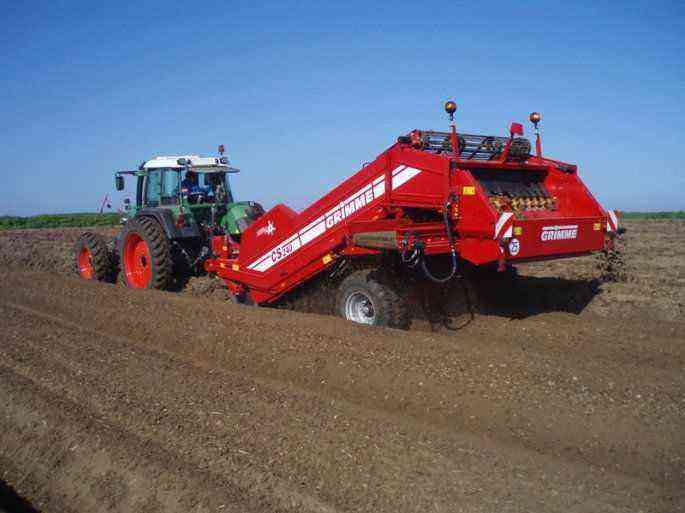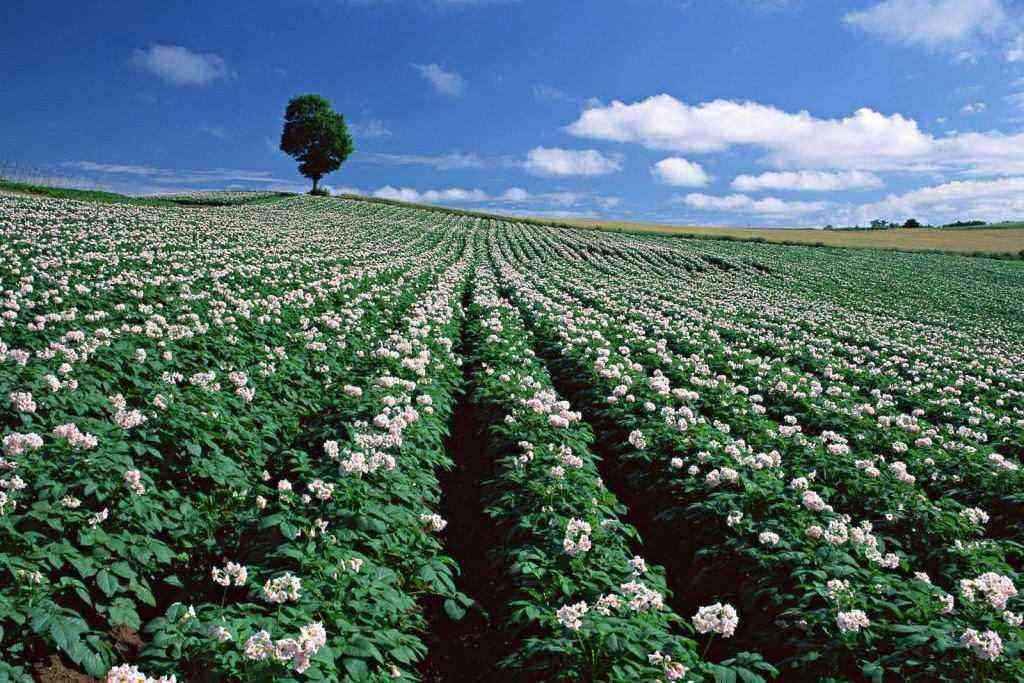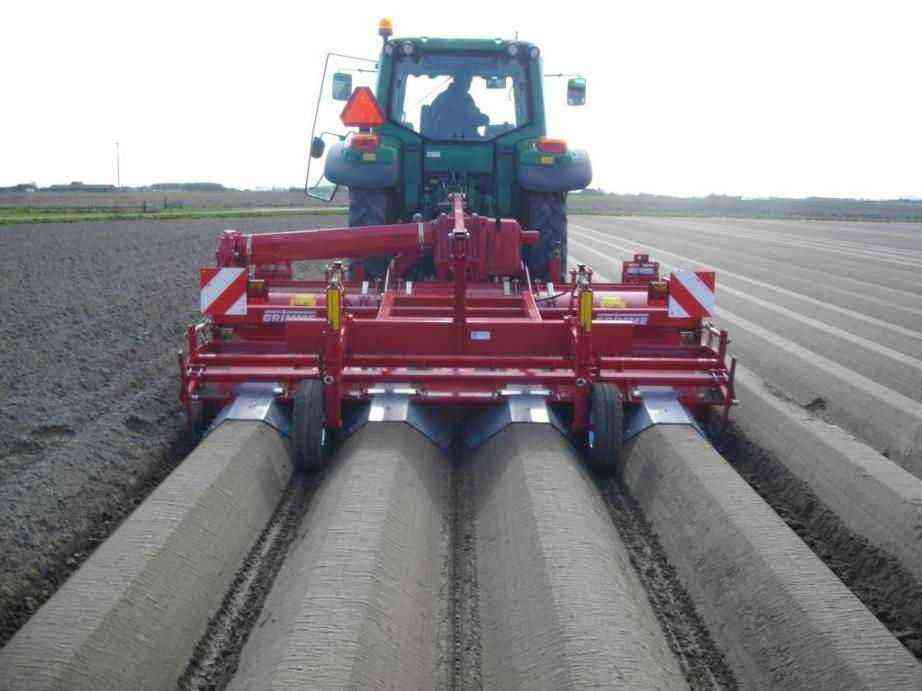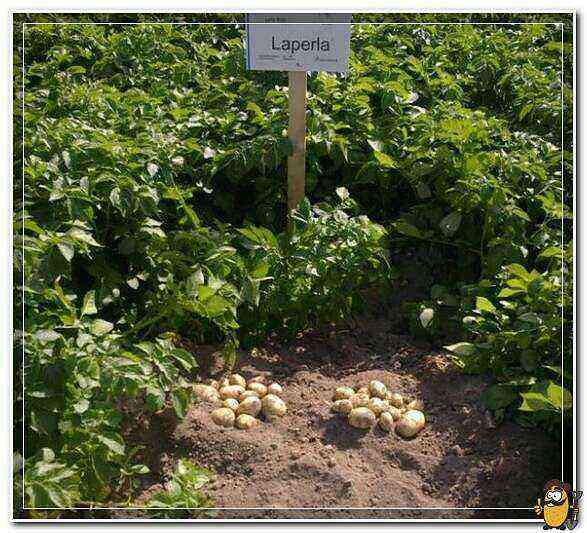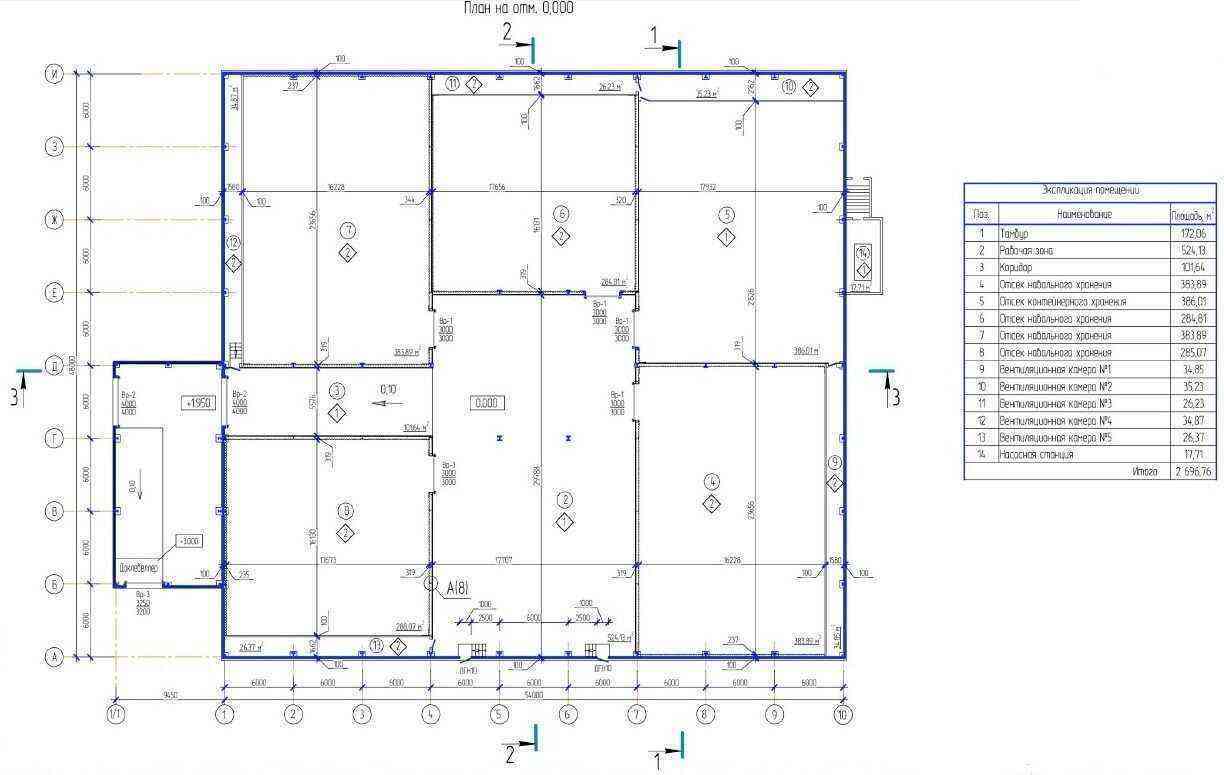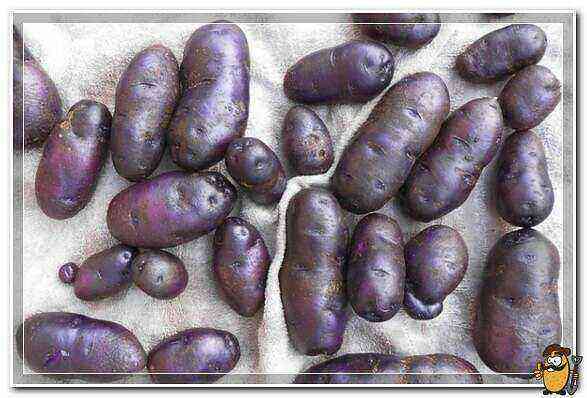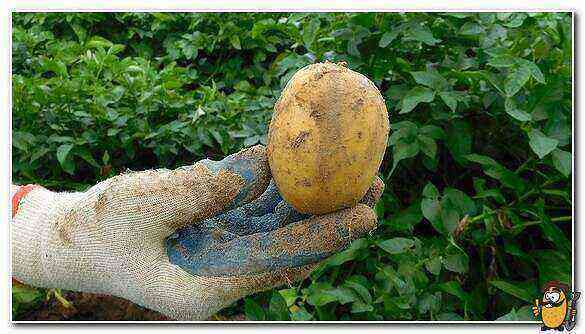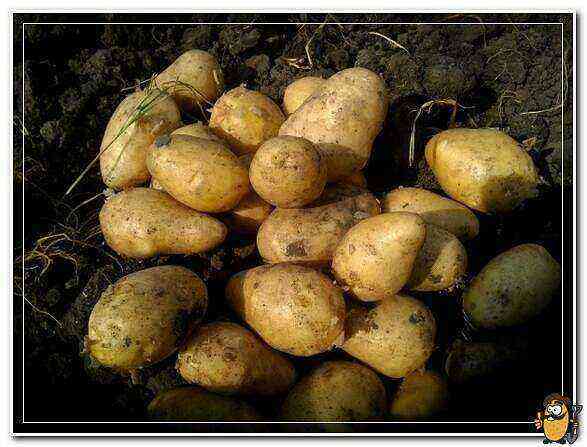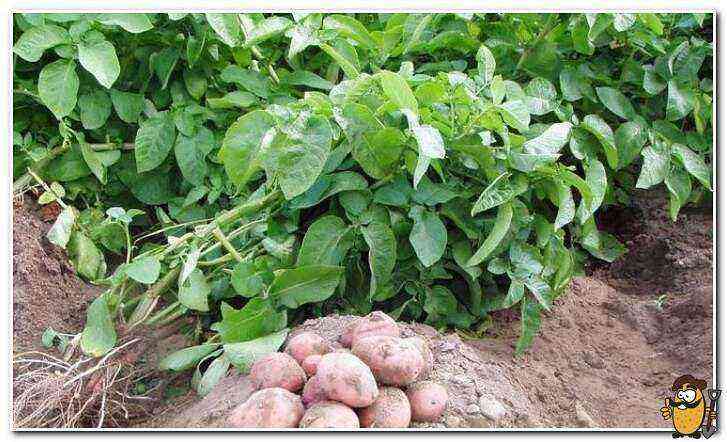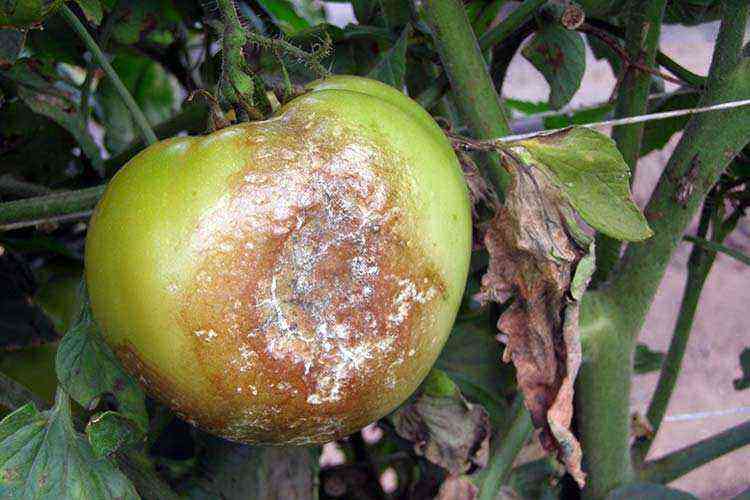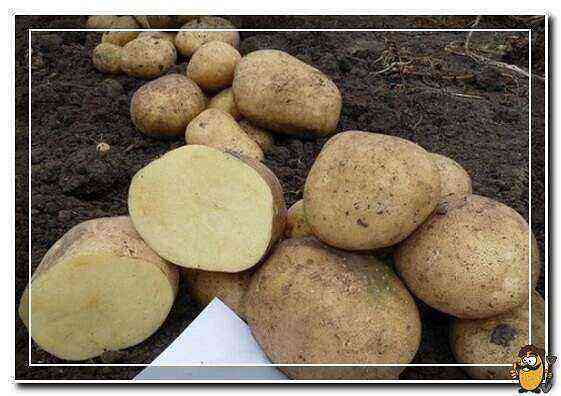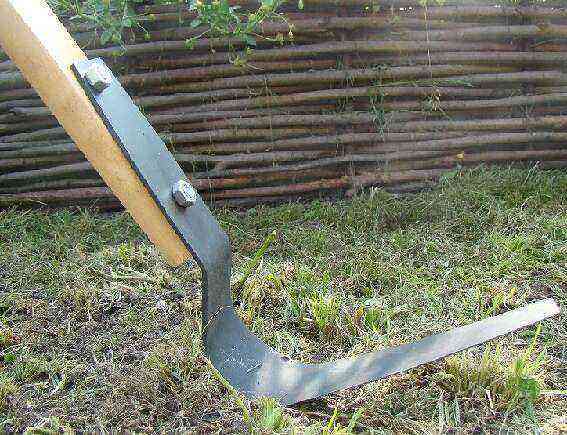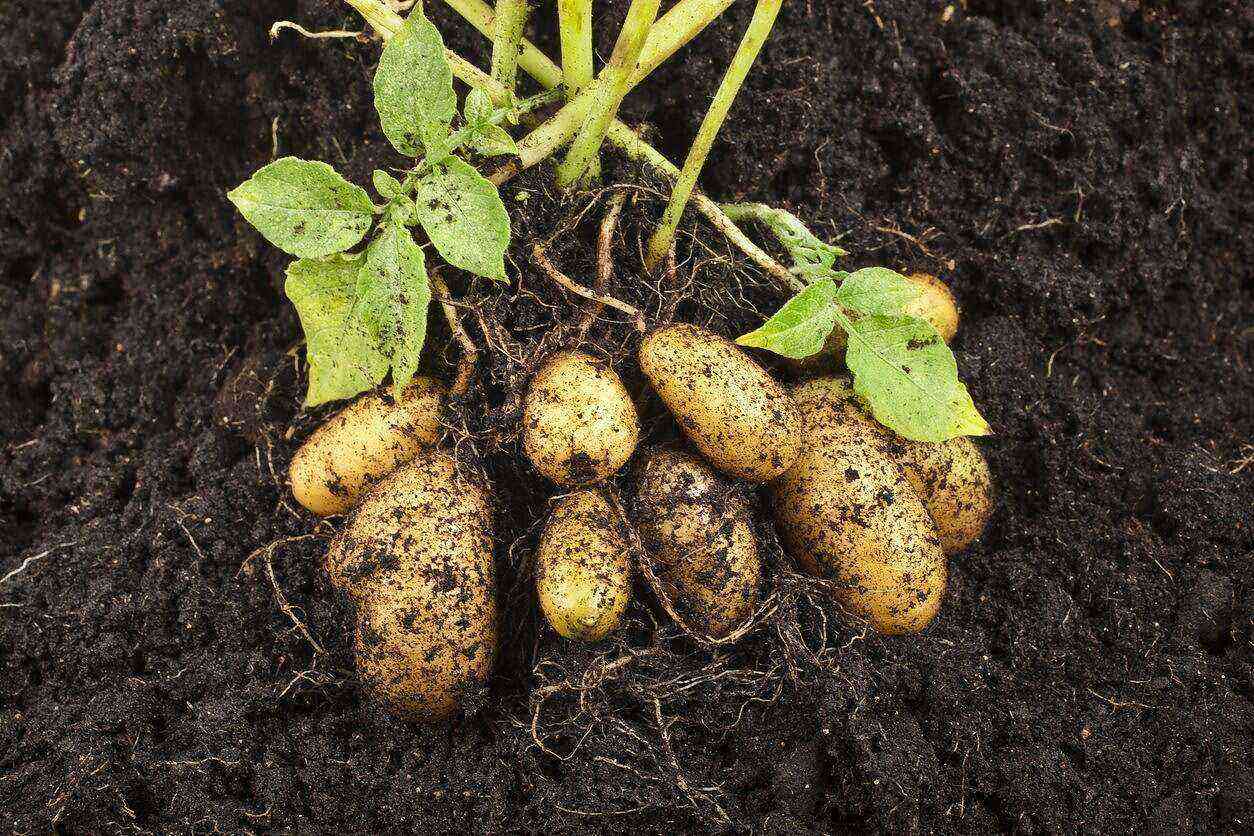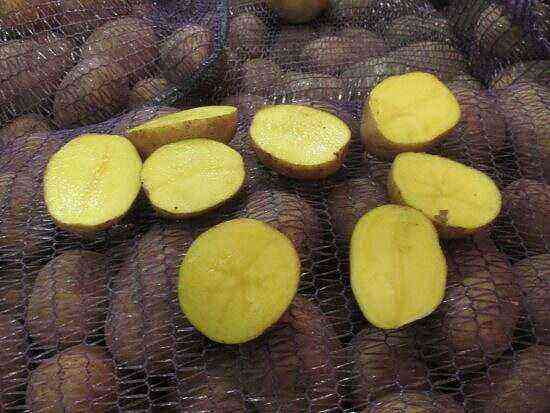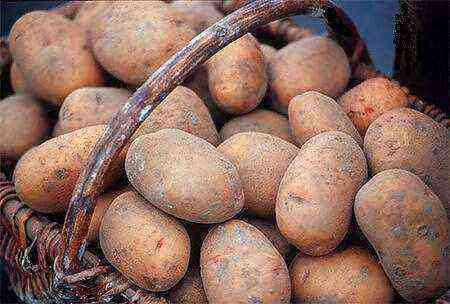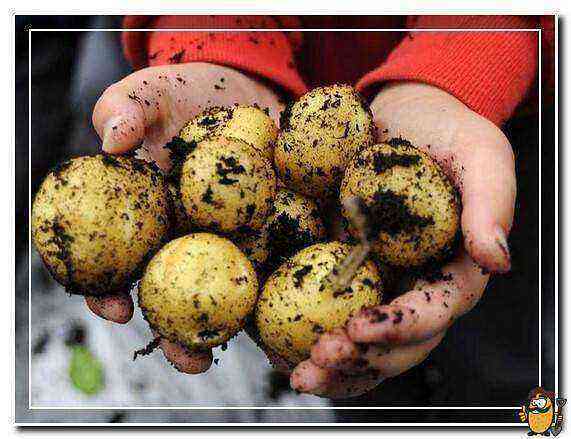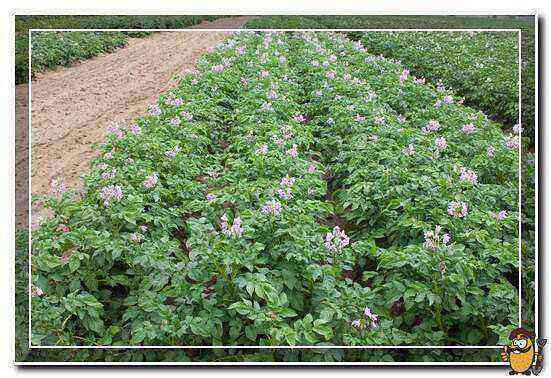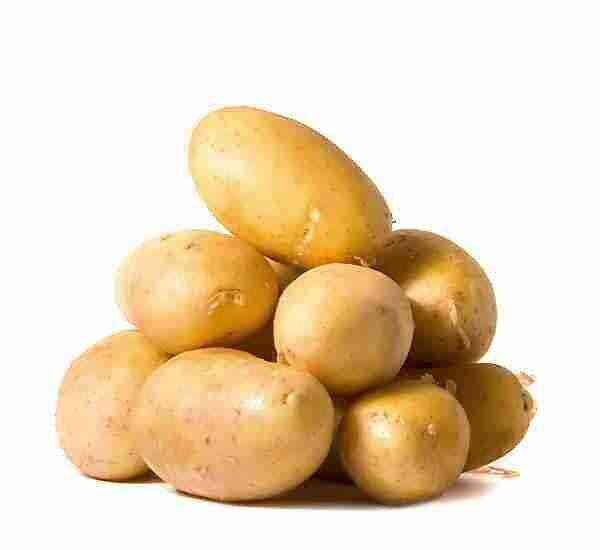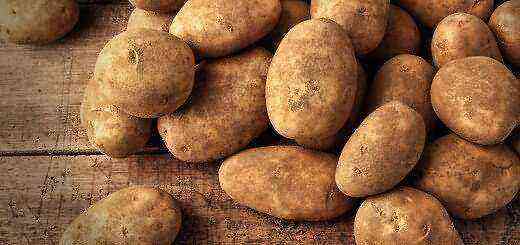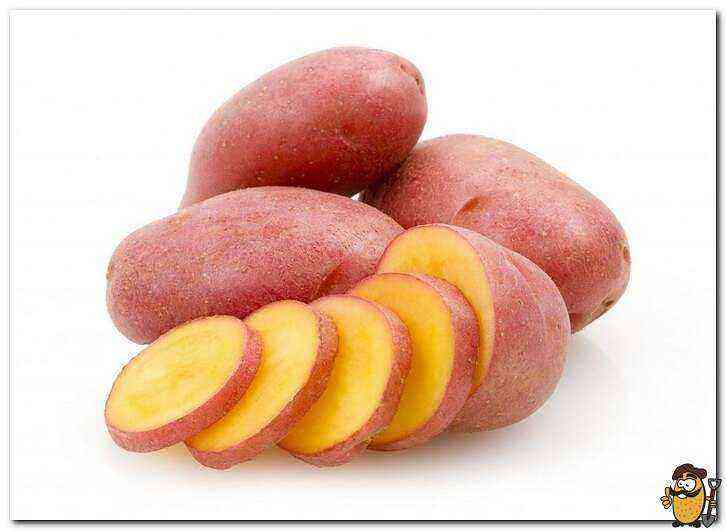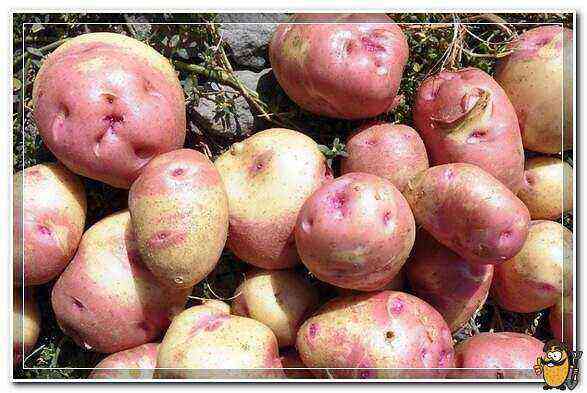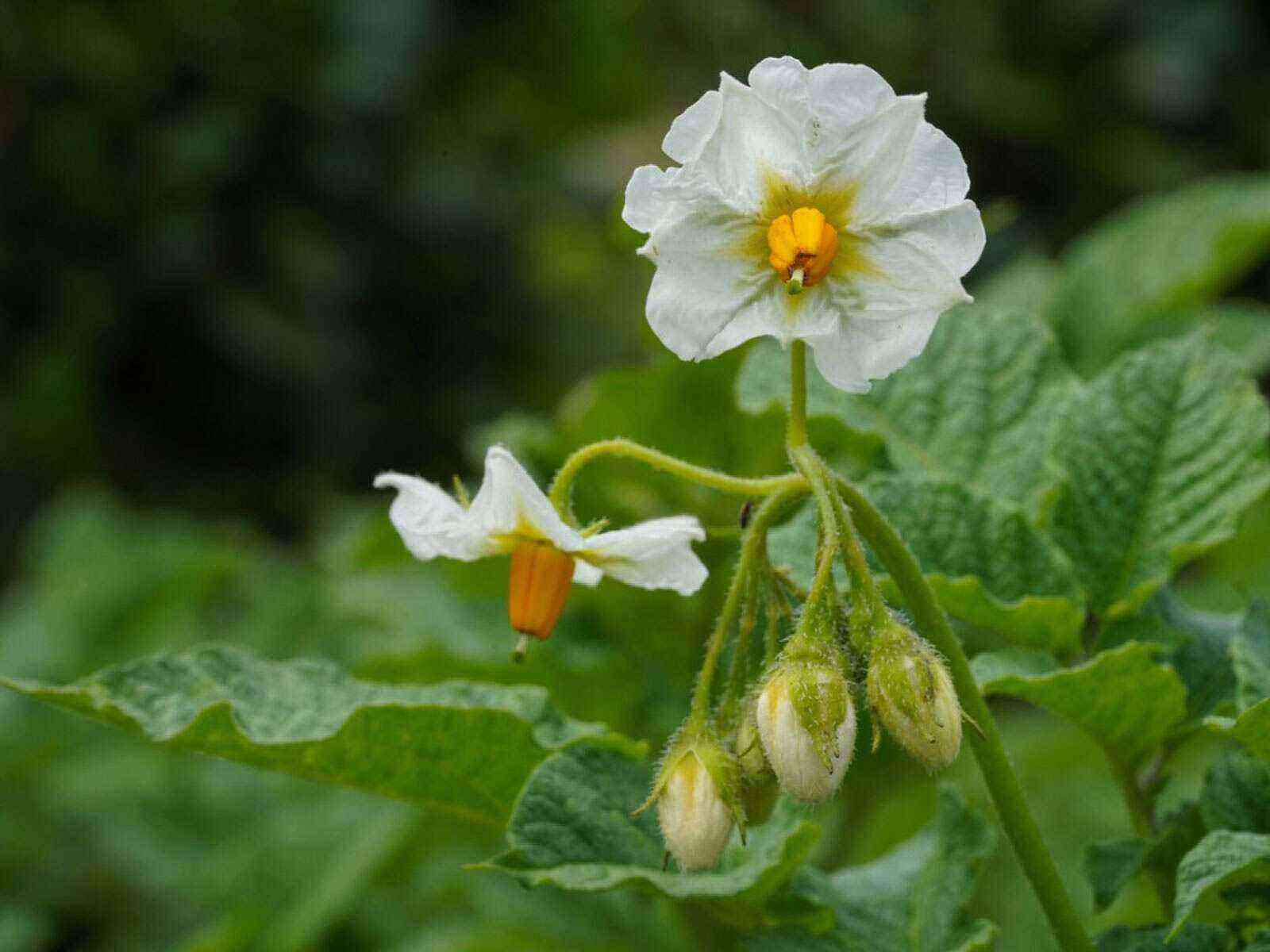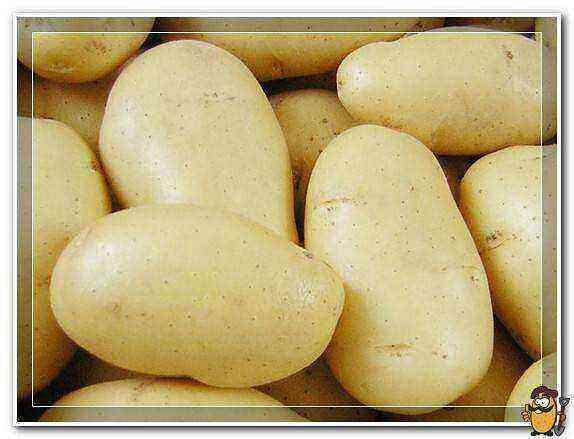Potato Evolution. Many owners of suburban areas complain that it is becoming more difficult to grow potatoes every year. The reason is global climate change. Today you do not know what surprises to expect from nature, either a drought for a whole month, or prolonged downpours.
Moreover, this trouble does not go one, it entails another. Changes in conditions often provoke an increase in the number of pests that ruthlessly destroy potato plantings and part of the crop. That is why breeding work never stops in many countries. The task of breeders is to create new varieties that are resistant to extreme temperatures, crop diseases, and attacks of insect pests. And they must also be early maturing.
The less potatoes are in the ground, the more chances they have to survive, that is, to keep their presentation. One of these varieties is Evolution – the result of the painstaking work of the Dutch specialists of the AGRICO company. The promising potato variety Evolution was bred in 2011 thanks to their efforts. After only three years, he settled in the Russian market, and already in 2015 he was listed in the State Register of the Russian Federation. Today it is the best option for those who want to quickly get a harvest that has excellent qualities.
Potato Evolution: variety description
If conditions are favorable, this variety can grow up to 70 cm in height. The stems of the plant are erect, moderately branched, hidden under large bright green leaves. One of the features of the Evolution potato appears during the flowering period. The beds are literally transformed by the large flowers of a rich purple hue. 3-4 inflorescences are formed on each bush, and all together they create the illusion of a beautiful blanket in green-purple color. It is a pity that the flowers do not last long, they fall off in a matter of days.
In one bush, 9-12 potatoes are formed, the weight of which can reach 150 g. The average weight is 100 g. The yield, depending on the conditions, ranges from 420-590 kg / ha. Evolution ripens quite quickly, in different regions the vegetation period lasts from 60 to 85 days.
The tubers have a slightly oblong oval shape, the skin color is brown-red. There are a few small eyes on the surface, which greatly simplifies the process of manual peeling of these potatoes. The pulp of a yellowish tint is pleasant to the taste, with apparent looseness it does not boil. The starch content is quite high – 15-18%. Housewives who have tried to cook this potato note its versatility. It is great for a wide variety of dishes, from regular mashed potatoes to French fries.
Evolution feels good in almost all regions of our country and gives high yields regardless of the type of soil. But it grows best on sandy or sandy loam soils with a low level of acidity, which can negatively affect the development of the root system. The variety is resistant to such serious diseases as late blight of tubers, scab, potato cancer, nematode, mosaic and some others, but it can be affected by late blight tops.
The planting tubers of Evolution potatoes germinate quickly, so there is no particular need to germinate them before planting. For the same reason, the harvested crop is recommended to be stored at lower temperatures than tubers of other varieties. Under optimal storage conditions, keeping quality is 94%, which can be considered an average.
As you can see, the Evolution variety has a lot of advantages, but, unfortunately, there is one small drawback. This is the need for a certain amount of moisture. If the season is dry, you will have to water regularly to get the desired planting result.
Features of landing
Planting correctly isn’t just about burying potatoes in the ground. At this stage, it is important not to make mistakes, due to which the yield may decrease. The first of them is low-quality planting material. For planting, medium-sized root crops (5-7 cm) should be selected without external signs of disease and defects, such as cracks, spots, growths, ulcers, rot and others. You should not rush to planting, especially since the variety is medium early. Experts advise holding this event when the earth warms up to +8 degrees, not earlier. Since the heat is unstable in spring, you can use the ancestral method. In the old days, potatoes were planted, focusing on birch buds. If the first leaves began to bloom on the birches, then it’s time to start planting potatoes. In the middle zone of our country, this happens, as a rule, in early May.
It is advisable to plant Evolution potatoes in prepared soil – loose, weed-free, well fertilized. Fertilizers are used complex, as for most other varieties. The optimal planting scheme for this culture is the following: the distance between the rows is 60-65 cm, between the bushes – 30 cm. This is enough for full ventilation of the bushes and the possibility of hilling them. The recommended planting depth of planting tubers is 6-7 cm. To plant a plot of 100 square meters (1 hundred square meters), with this scheme, approximately 20 kg of planting material will be required.
Potato Care Evolution
Evolution loves moisture. Taking into account the crop’s need for water during the season, it is recommended to carry out several irrigations:
- the first – after 2-3 weeks from the moment the shoots appear;
- the second – before flowering;
- third – when the peak flowering phase comes;
- the fourth – before the flowers fall.
In severe drought, the amount of watering should be increased, but within reasonable limits. During ripening, plant immunity weakens and becomes vulnerable to phytophthora. This fungus also loves moisture, so you shouldn’t create a comfortable environment for it.
Planting maintenance also includes hilling, which results in more stolons and increased yields. In addition, when hilling, weeds are removed from the beds, taking some of the nutrients from the soil. And the soil is also loosened. The earth begins to “breathe”, as a result of which the potato bushes receive a sufficient amount of oxygen necessary for good development. During the season, potatoes of the Evolution variety are spud twice:
- when young plants rise to a height of 15-20 cm;
- 15 days after the first hilling.
Later, if necessary, under separate bushes, heaps, destroyed by rain and wind, can be corrected.
A few words about immunity
As mentioned above, the Evolution variety is resistant to the most common crop diseases. The only exception is late blight of the aerial part. To avoid fungal infection, you need to carefully monitor the humidity in the area and avoid stagnant water. It is known that phytophthora multiplies very quickly in dampness, and in dry weather the sporulation of the fungus practically stops.
Experienced gardeners say that it is much easier and more economically profitable to prevent late blight infection than to fight it later. They recommend the following preventive measures:
- careful selection of high-quality, and most importantly, healthy planting material;
- treatment of seed tubers with Maxim or another agent with a similar effect;
- strict adherence to the rules of crop rotation;
- planting the variety in high areas where there is no waterlogging;
- growing mustard along with potatoes, the fungus does not tolerate it.
If, despite all the measures taken, signs of late blight still appear, you will have to use such powerful drugs as Skor 250 EC, Reglon Super or Ditan M-45.
In conclusion
Why is it worth planting Evolution potatoes in your garden? Feedback from many farmers and small land owners give a comprehensive answer to this question. Agrarians praise the variety for its high yield, unpretentiousness to conditions, resistance to pathogens and other parasites, and, of course, for its excellent taste. Against the background of so many advantages, the only negative – the possibility of the defeat of the tops by late blight – seems like a drop in the sea. For those who continue to doubt, let’s say one thing: Evolution has not disappointed anyone yet.



